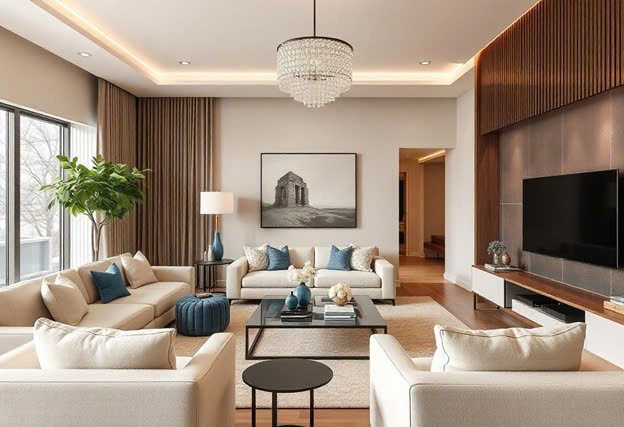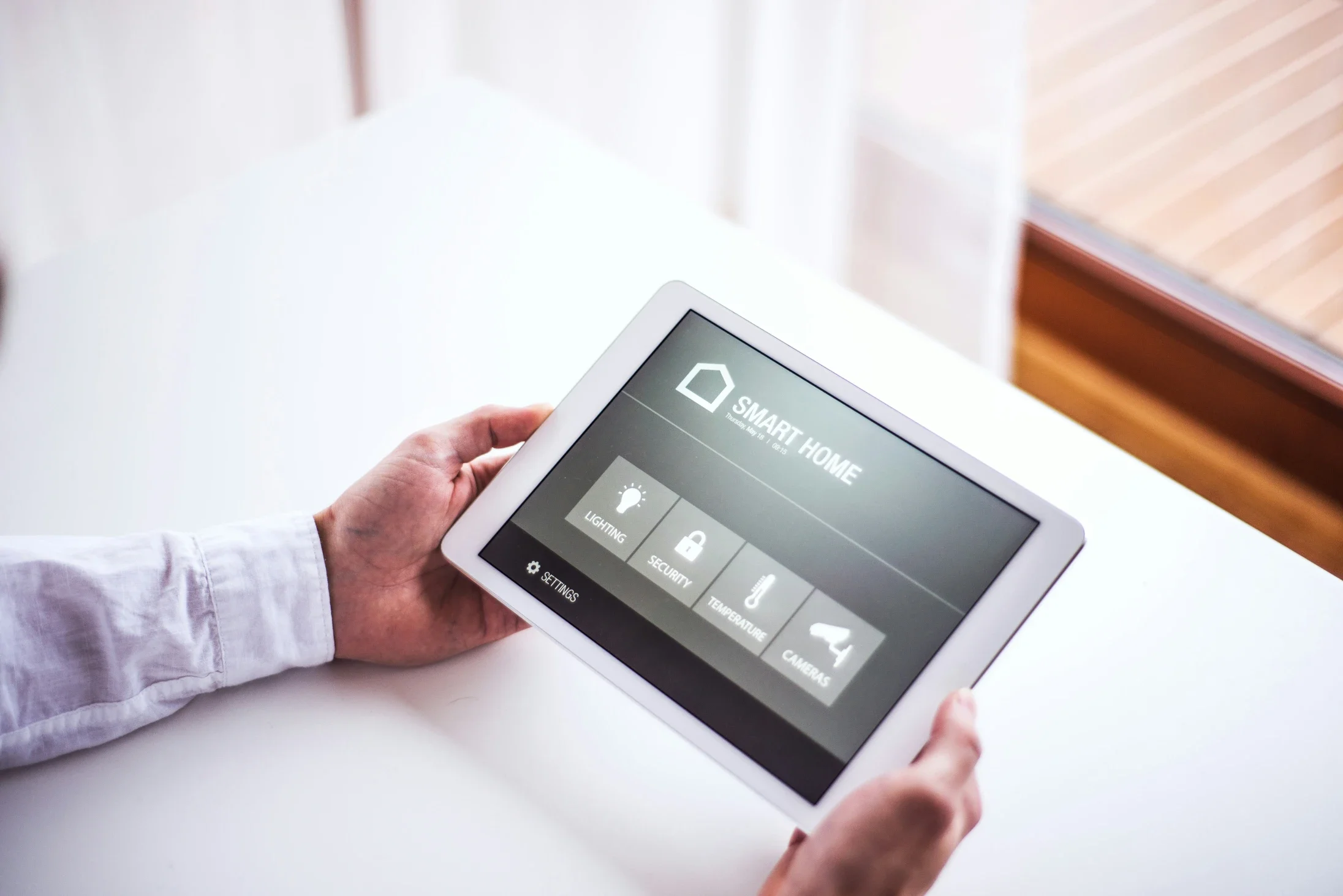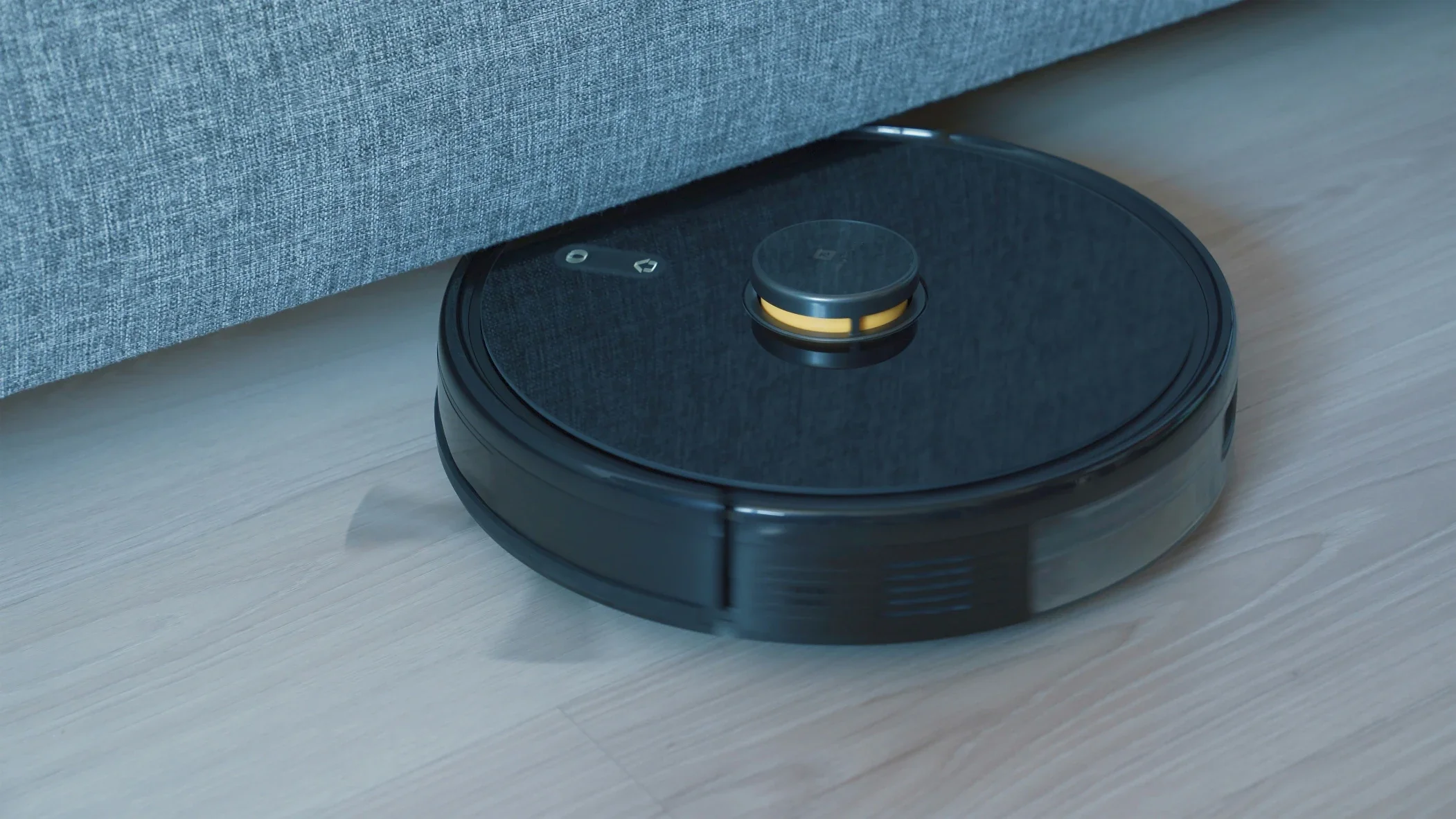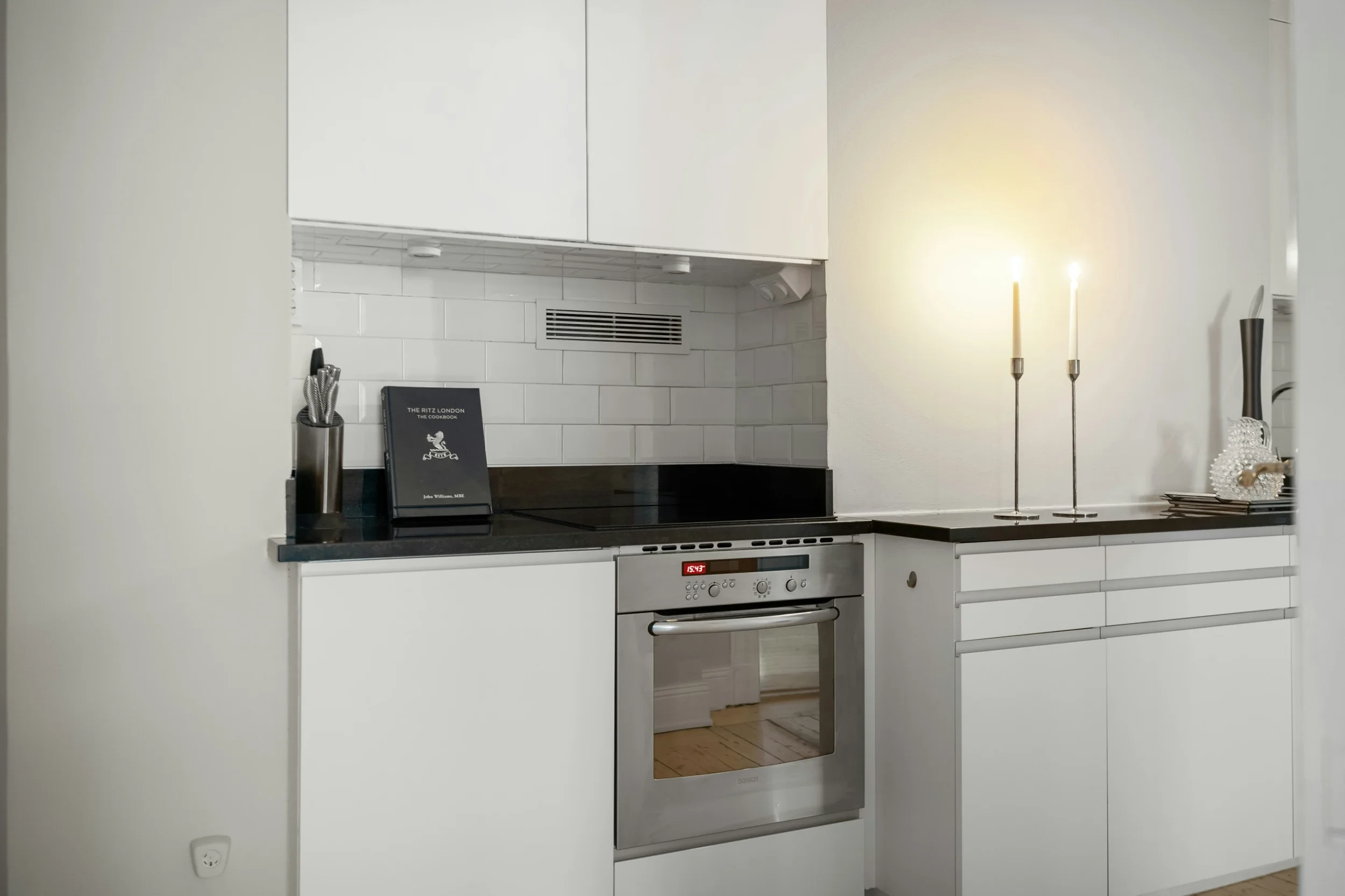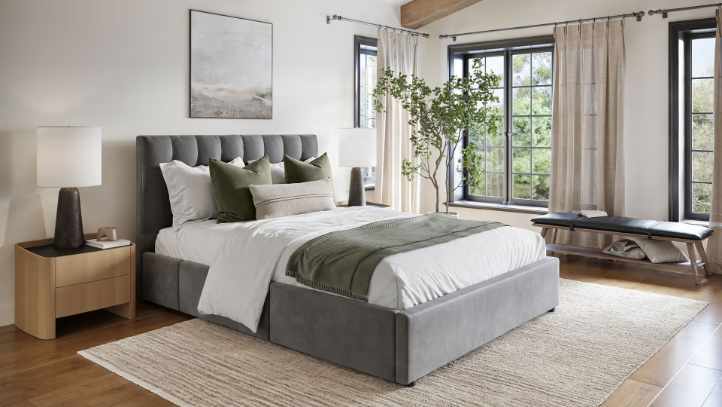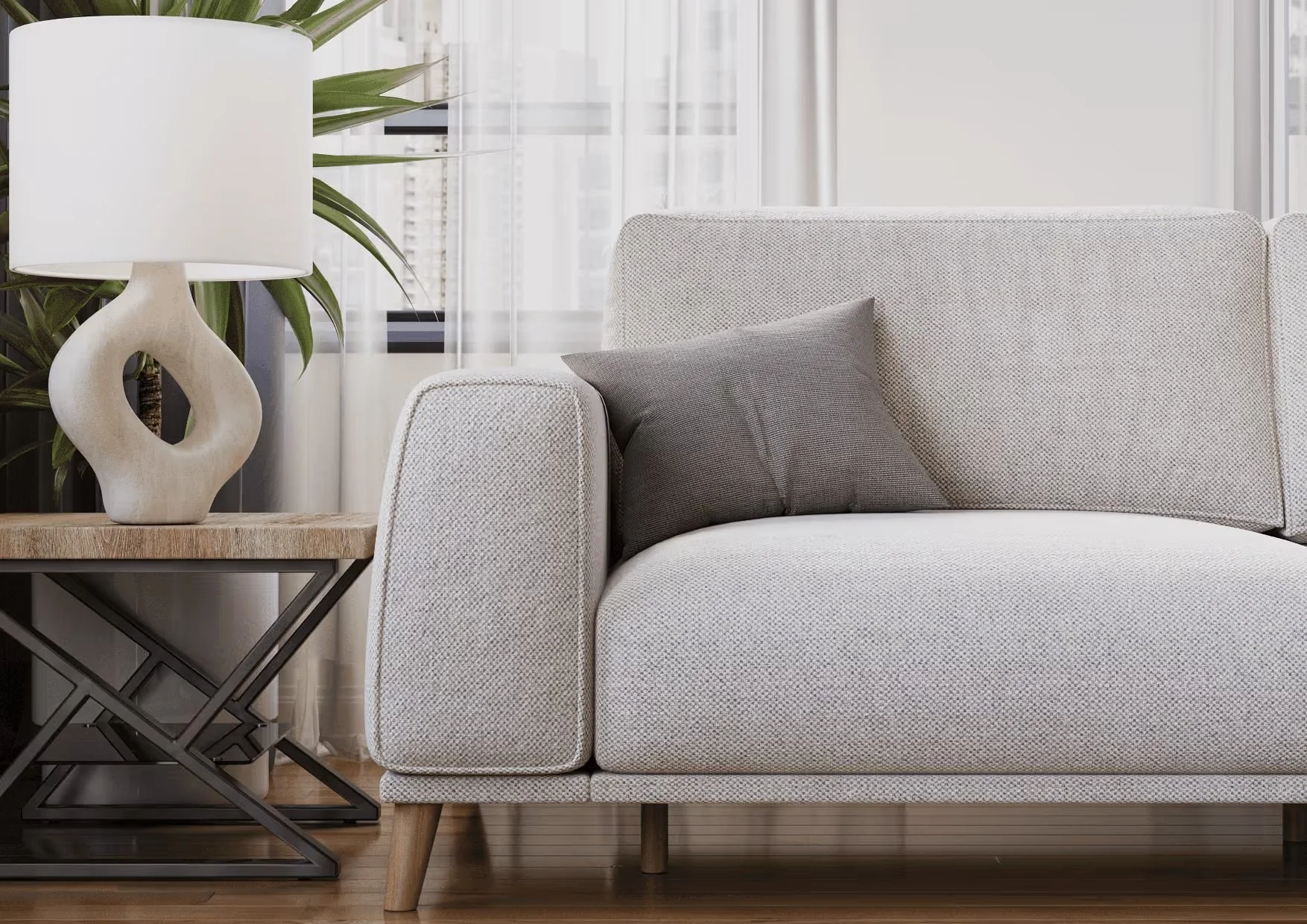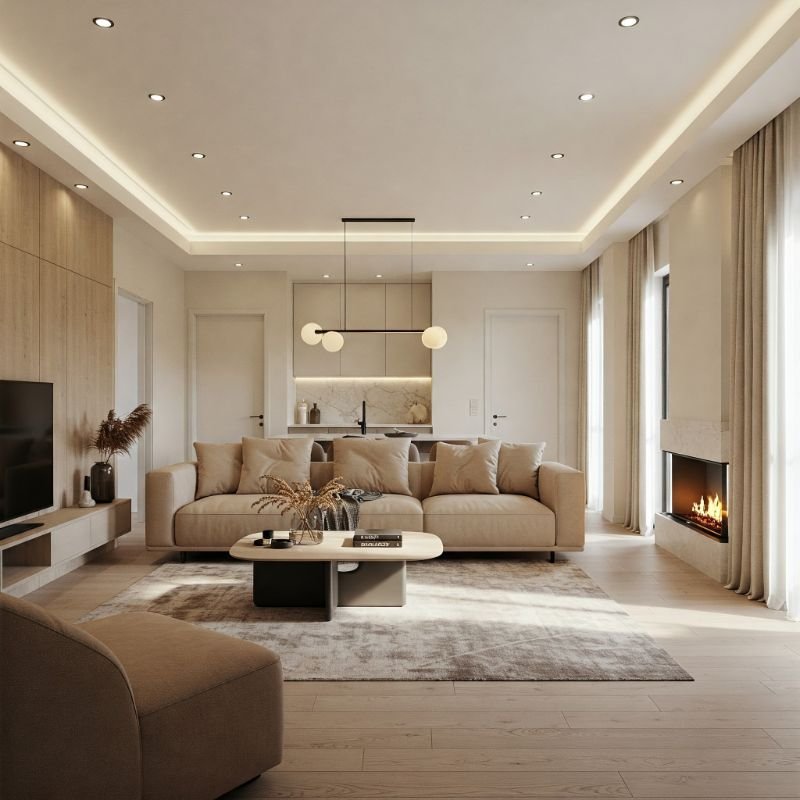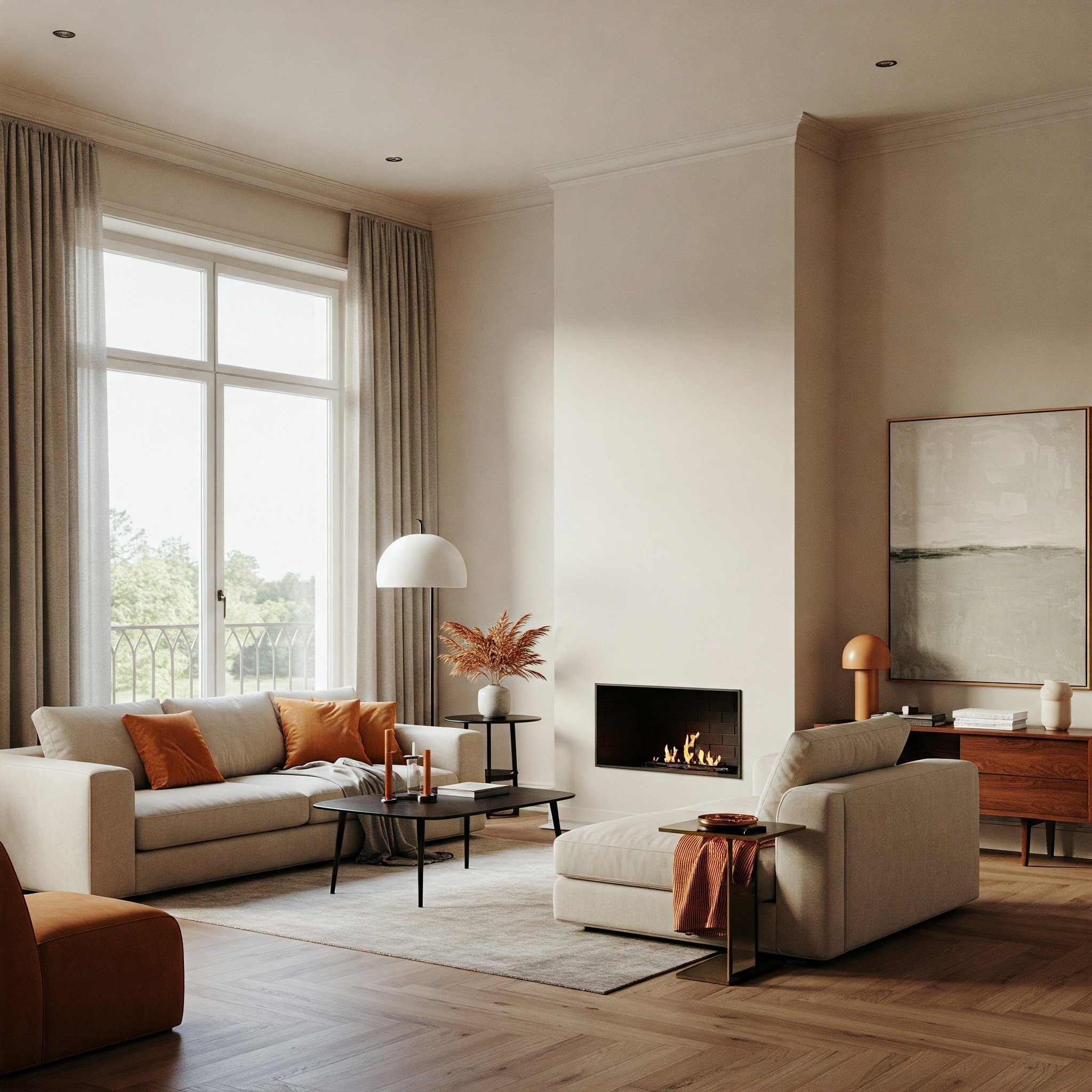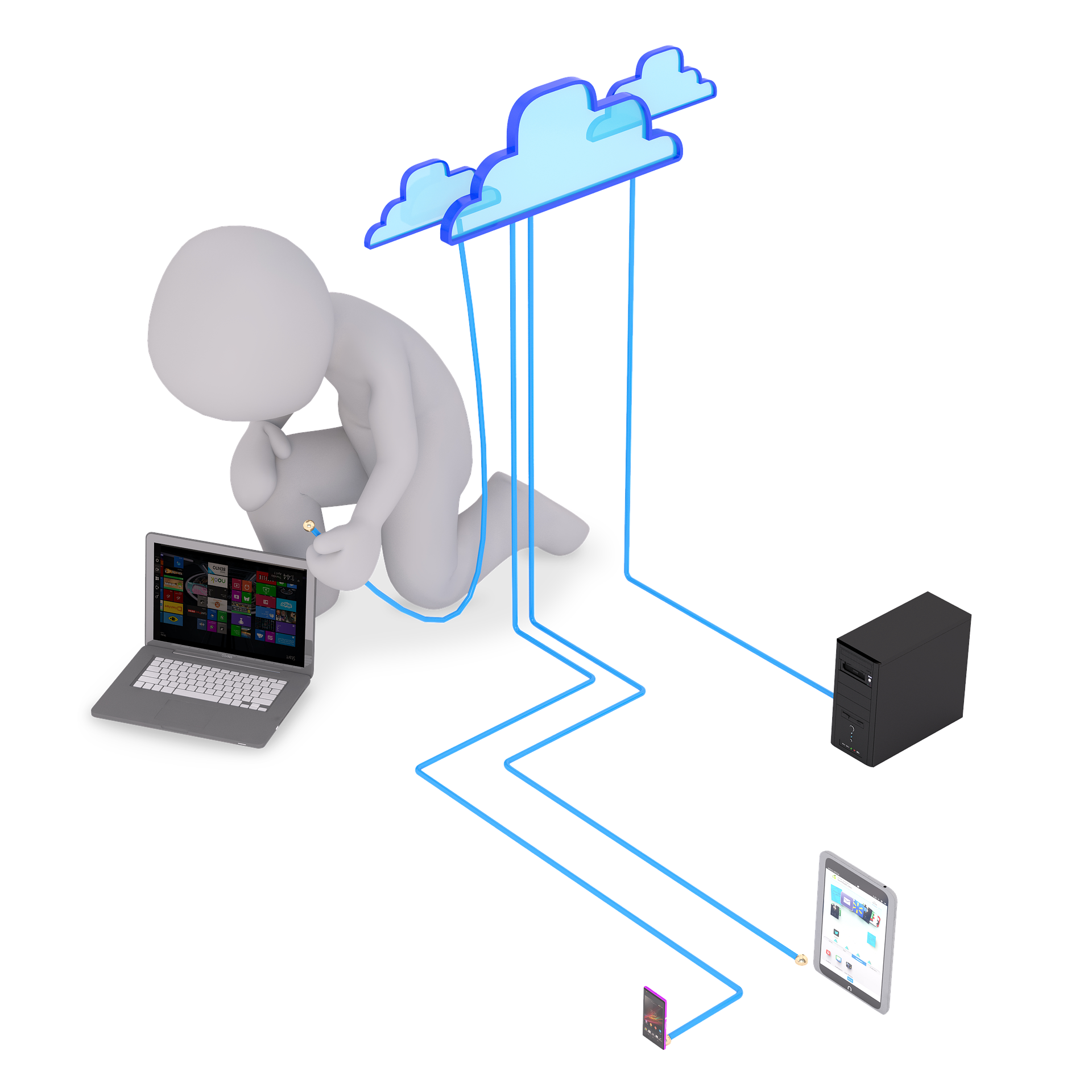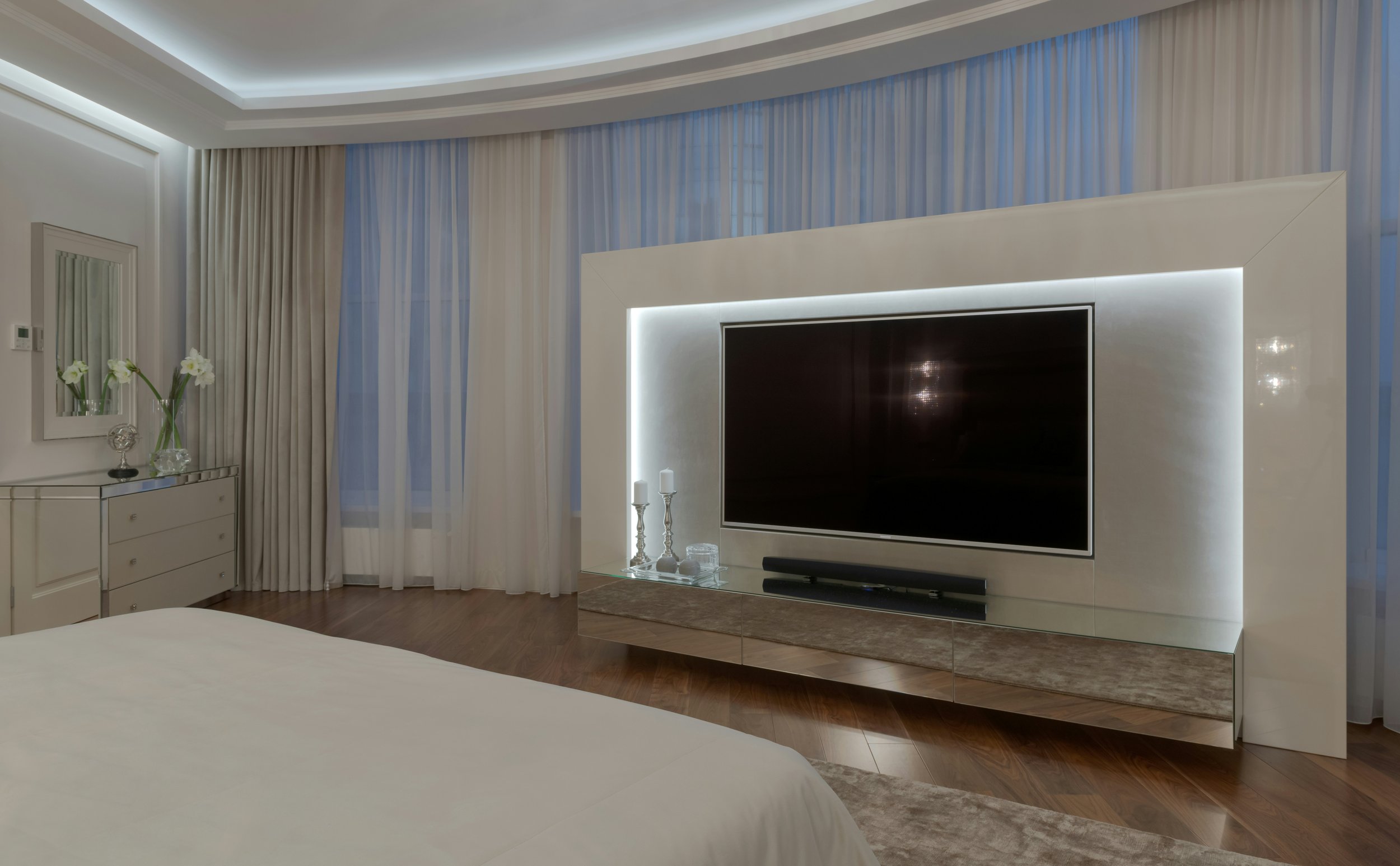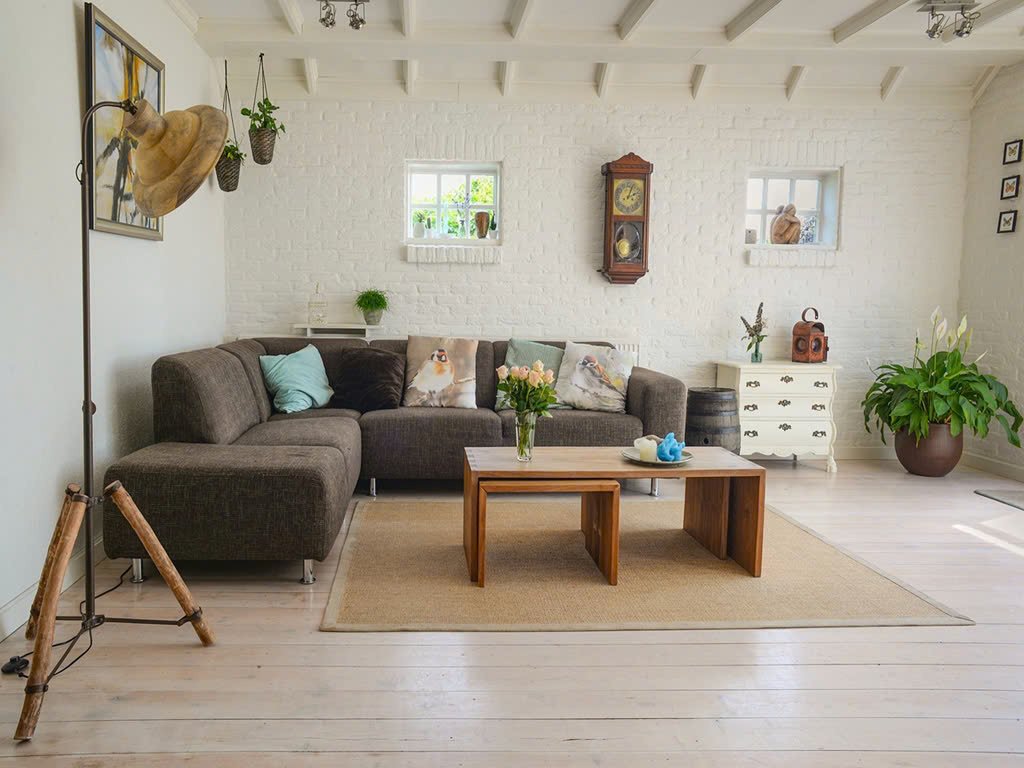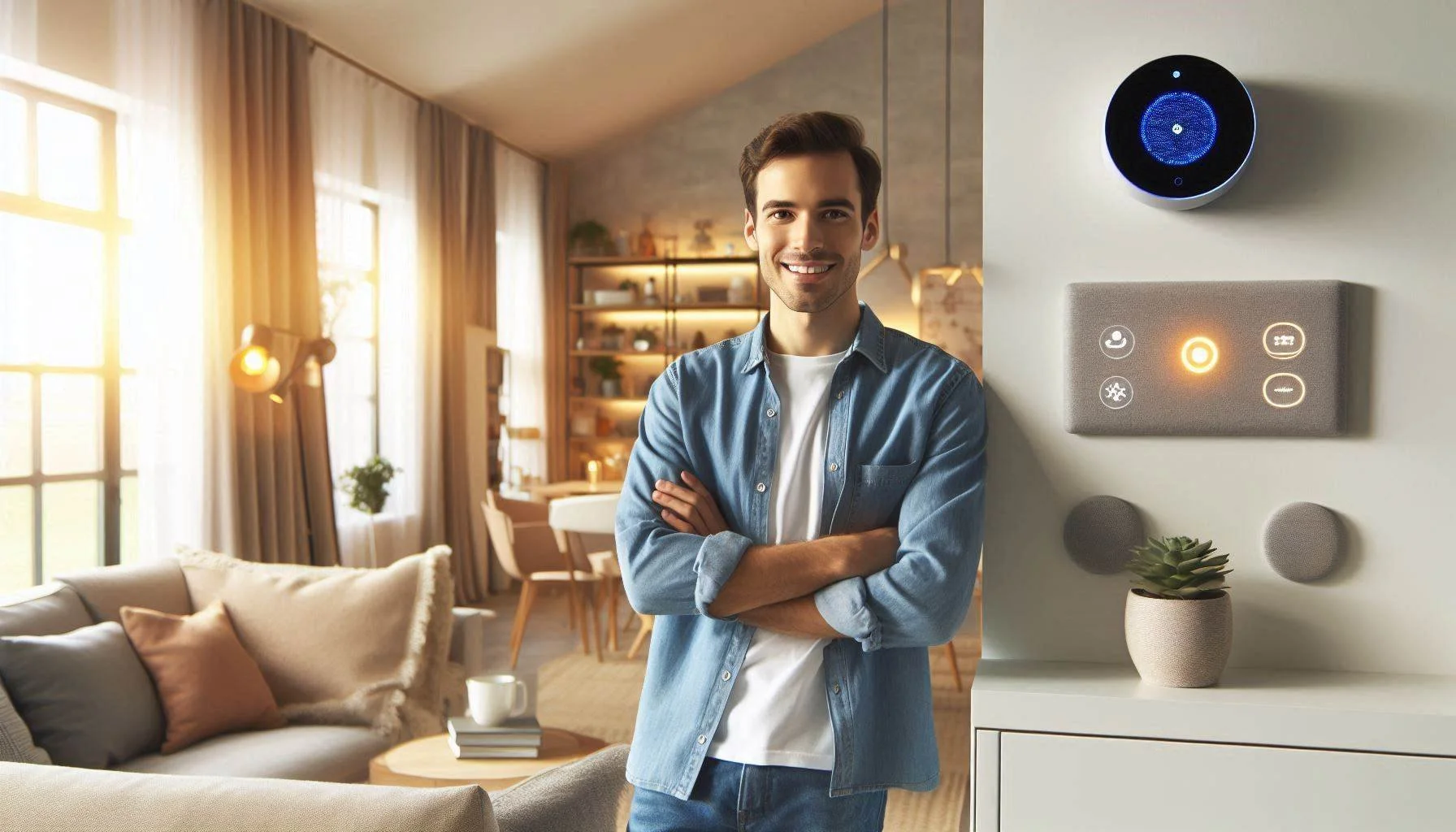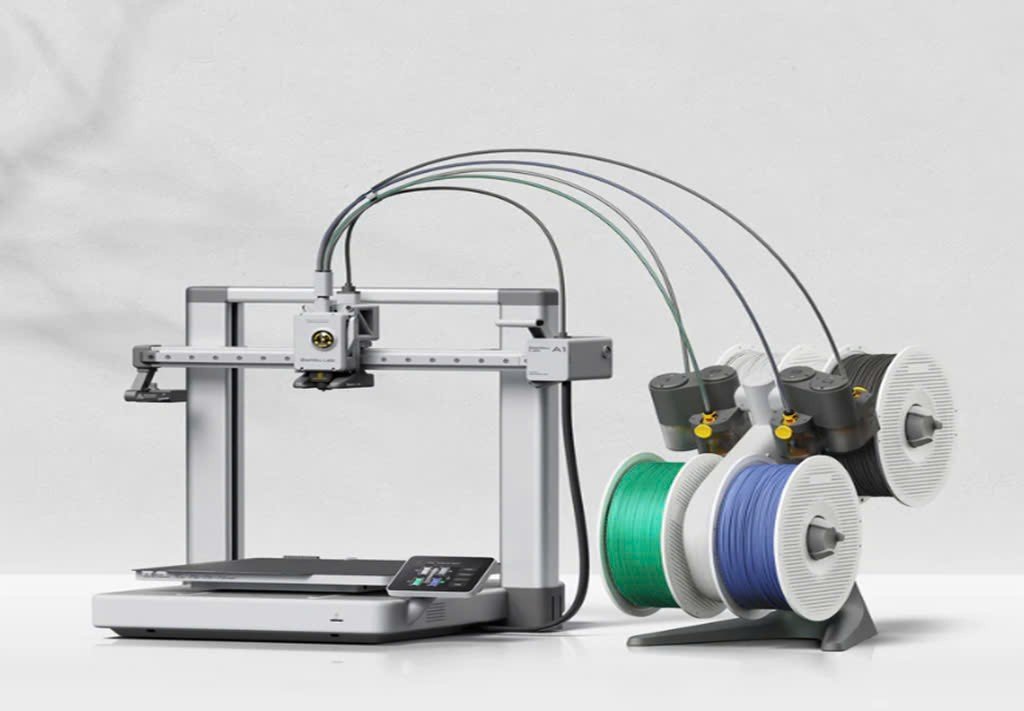3D Furniture Visualization to Create Stunning Indoor-Outdoor Living Spaces
Enhance your indoor-outdoor living spaces with 3D furniture visualization, helping you design stunning, cohesive environments that blend style and functionality effortlessly.
In today’s fast-evolving retail landscape, especially in the furniture industry, 3D furniture visualization is revolutionizing the way retailers interact with their customers. What was once a traditional marketplace based on physical showrooms has transitioned to a highly digital space, where visual representation is everything. Retailers now have the tools to bring static, two-dimensional product images to life, creating interactive, three-dimensional models that customers can explore from the comfort of their own homes.
3D furniture visualization allows retailers to showcase products in an engaging, immersive way that brings greater clarity to the purchasing process. For furniture retailers, 3D visualization is particularly crucial, as it solves one of the biggest hurdles in online shopping: how to accurately visualize a product without seeing it in person. With 3D and augmented reality (AR) technologies, furniture retailers can offer customers a near-store experience at home, boosting customer confidence and satisfaction.
What is 3D Furniture Visualization?
3D furniture visualization refers to the process of creating detailed, digital models of furniture pieces that can be viewed and interacted with in a virtual environment. Unlike traditional photography, which presents products from a limited perspective, 3D models allow customers to rotate and zoom into products, exploring every detail. For furniture, this means potential buyers can get a true sense of dimensions, texture, color, and overall design — key elements when selecting large items for a home.
When combined with AR, customers can go a step further by virtually placing these 3D furniture models in their own living spaces, using their smartphones or tablets. This level of interaction not only improves the shopping experience but also reduces the uncertainty that often comes with making large purchases online.
Why 3D Furniture Visualization is Critical for Retailers
The value of 3D furniture visualization lies in its ability to create a highly personalized and interactive experience, which is something traditional eCommerce platforms have struggled to achieve. Furniture retailers, in particular, benefit from this technology for several reasons:
Enhanced Online Shopping Experience
In the furniture industry, visuals are everything. Static 2D images, while useful, can often leave customers with lingering questions: "How big is this sofa, really?" or "Will this table look right in my space?" With 3D visualization, these uncertainties are minimized. Shoppers can rotate the product, view it from all angles, and zoom in to see intricate details like fabric texture or wood grain. This level of interaction brings the online shopping experience closer to what customers would experience in a physical showroom.Solving the Problem of Scale and Fit
One of the biggest challenges furniture shoppers face is determining whether a piece will fit in their space. Measurements alone often don’t provide enough context. However, by integrating 3D models with AR, customers can visualize the furniture in their homes, at the correct scale. This feature is particularly useful for large items like sofas, dining tables, or bookshelves, where size and fit are critical considerations.Increased Confidence in Purchases
Online shopping can be fraught with uncertainty, particularly for high-ticket items like furniture. 3D visualization alleviates this by providing customers with more control and understanding of the product before they buy. The ability to inspect a product from every angle, change configurations, and even place the product in their home with AR, gives customers more confidence in their decisions. This confidence translates to higher conversion rates, fewer abandoned carts, and a reduction in product returns.
Key Benefits of 3D Furniture Visualization for Retailers
Incorporating 3D visualization into your furniture retail business has numerous benefits, from operational efficiency to customer satisfaction. Here are some of the key advantages:
1. Cost-Efficient Product Presentation
Traditional furniture photography can be a costly and time-consuming process. Each piece of furniture may need multiple photo shoots to capture it in different colors, configurations, and settings. With 3D visualization, retailers can eliminate the need for costly re-shoots. Once a 3D model is created, it can be easily updated with new textures, colors, or finishes without additional cost. This also allows for greater flexibility in marketing, as products can be displayed in various styles or settings without logistical limitations.
Moreover, e-commerce tools like 3D visualization offer a scalable solution for expanding product ranges. As a retailer, you can easily introduce new product variations or customize furniture options without the need to physically stock every version. This means you can offer a wider array of choices to your customers while minimizing the overhead costs of inventory management.
2. Shortened Customer Decision-Making Process
Furniture is a long-term investment, and as such, customers often take longer to make decisions. By offering an interactive and detailed shopping experience, 3D visualization helps to shorten the decision-making process. Customers can see exactly how a product will look and fit in their home, which reduces hesitation and builds confidence in their purchase. The more information customers have at their disposal, the faster they can make an informed decision. This can lead to faster sales cycles and improved customer satisfaction.
3. Building Customer Trust and Loyalty
Transparency is essential in building customer trust. 3D visualization offers a realistic and comprehensive view of your products, leaving no detail to the imagination. This transparency makes customers feel more informed, which in turn fosters trust. When customers feel confident in their purchase decisions, they are more likely to return for future purchases, cultivating long-term loyalty.
Providing this level of detail shows your commitment to ensuring customers are fully satisfied with their purchase. As a result, customers are less likely to experience buyer’s remorse, reducing the likelihood of returns. By fostering trust through transparency, you strengthen your brand’s reputation and encourage repeat business.
4. Creating a Competitive Edge
In an increasingly competitive marketplace, offering innovative solutions like 3D visualization can set your business apart from the competition. Furniture retailers who adopt this technology early on will position themselves as industry leaders. In a crowded market, differentiation is key, and providing a seamless, high-tech shopping experience gives customers a reason to choose your brand over others.
5. Self-Marketing Through Social Sharing
One often overlooked benefit of 3D visualization is its potential to go viral. Customers who are impressed with your products may want to share their experiences on social media. Interactive 3D models provide an engaging visual that is perfect for sharing, driving organic traffic and expanding your reach. In a world where social proof is increasingly important, having customers share their virtual product experiences can be a valuable marketing tool.
Augmented Reality (AR) and 3D Visualization: A Powerful Combination
While 3D visualization on its own is an incredible tool, its true potential is realized when combined with augmented reality (AR). AR allows customers to project the 3D models into their physical environment. For furniture retailers, this means that a customer can "place" a virtual sofa or coffee table in their living room to see how it fits and complements their decor. This interactive experience mimics the in-store trial process, giving customers the same level of confidence, they’d have if they were physically shopping.
The integration of AR with 3D models not only improves the shopping experience but also boosts customer satisfaction and reduces returns. When customers can see how a product looks and fits in their space before purchasing, they are less likely to face unpleasant surprises when the product arrives. This results in fewer returns, ultimately saving retailers time and money.
The Future of Furniture Retail: Embracing 3D Visualization and AR
As we look to the future, the integration of 3D visualization and AR will become increasingly standard in the retail space. Customers are demanding more personalized, engaging shopping experiences, and retailers who can deliver these experiences will thrive in the competitive marketplace. The shift to online shopping, accelerated by the pandemic, has made it clear that eCommerce is here to stay, and 3D furniture visualization is the next step in providing a truly immersive, personalized shopping experience.
Retailers who embrace this technology now will not only meet the expectations of today’s customers but will also future-proof their businesses for the next wave of digital transformation. 3D furniture visualization is more than just a trend—it’s the future of retail.
